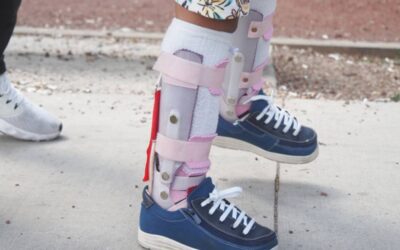ABT Updates
Your Source for Therapeutic Insights
Blogs
How Occupational Therapy Can Improve Daily Life Skills for Children on the Autism Spectrum
Occupational therapists help children on the autism spectrum build daily life skills like dressing, eating, and following routines by teaching self-care, coordination, sensory regulation, and social interaction through hands-on activities. Therapists design...
What Parents Need to Know About Sensory Integration Disorders
Sensory integration disorders affect how the brain processes sensory information, leading to difficulties in responding to stimuli like touch, sound, and light. Symptoms can include overreaction or underreaction to sensory input, clumsiness, and behavioral challenges...
When Are Orthoses Appropriate?
Children of various medical backgrounds and history may be appropriate candidates for orthotic devices. Many varieties are available based on necessity and presentation of the child. The most common types seen with children are supramalleolar orthosis (SMO) or dynamic...
What is Normal Gait?
Many changes occur throughout the lower extremities as a child begins to develop and walk. What is the normal progression? One Year of Age: Begin walking with a wide base of support, knees face forward and flexed or may be slightly externally rotated (until age 5 or...




